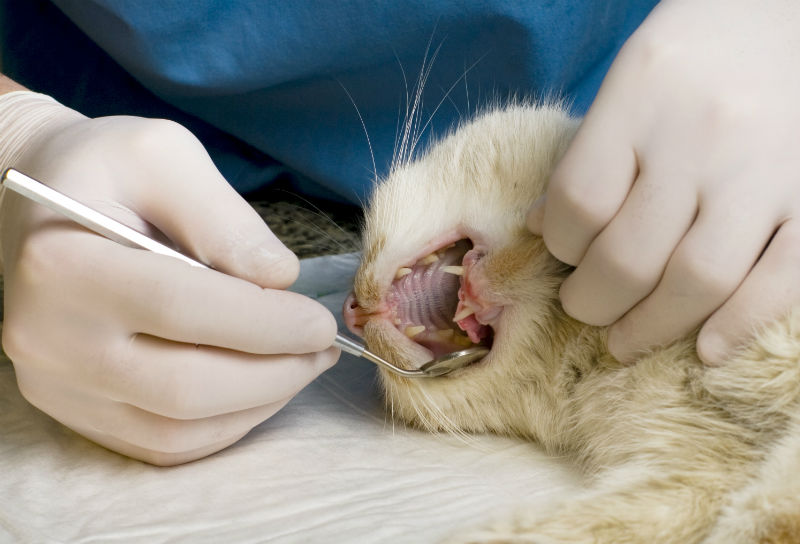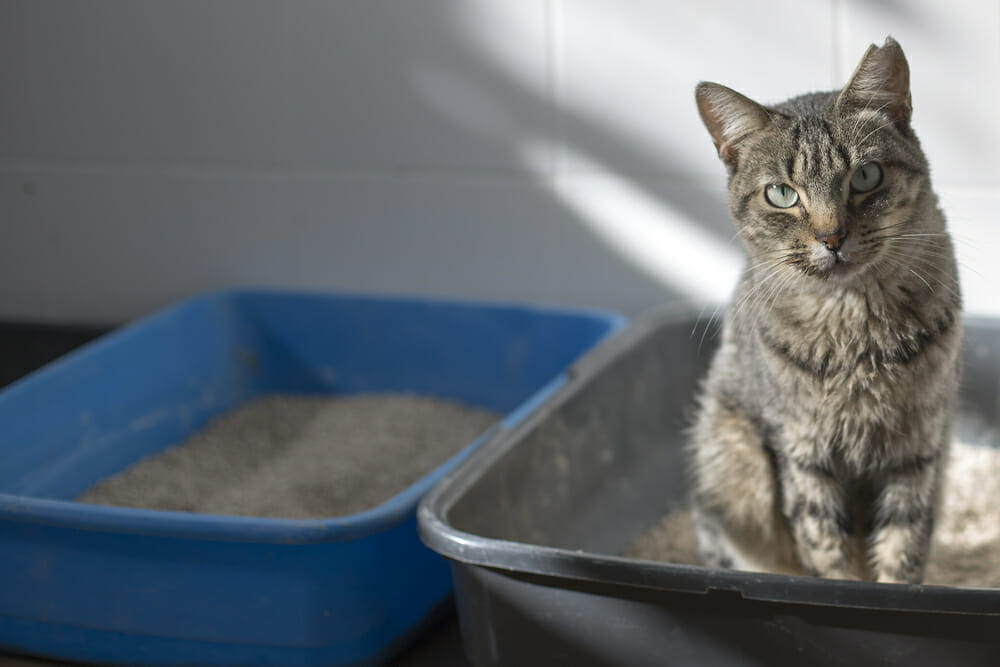Imagine this: Fido lying back in a dental exam chair, mouth willingly open wide, protective glasses on and allowing someone to clean and polish each tooth, sometimes poking his gums when scraping the plaque and tartar from his teeth. Only raising his paw when he’s in discomfort and needs a break, and waiting for us to suck out the excess water without swallowing it. Not going to happen.
It’s more likely that he is going to struggle and pull and bite down before he willingly lets that happen. Because most pets react to discomfort with either fight or flight response, it is never good for the pet or the veterinary staff to try to clean while the pet is awake.
We know from getting our own dental cleanings done twice a year, how uncomfortable it can actually be. How can we ask our pets to go through that wide awake, while even some of us need help getting through it? Pets need to be properly positioned and precautions taken so that they do not swallow the excess water and debris from the teeth. They will not stay in those positions without sedation.
We also monitor their heart rate, breathing and temperatures during the procedure. This is not easily attainable with the pets struggling and moving around. So for the pet’s well being and proper care, yes, we do need to sedate your pet to clean their teeth.
The last thing we want is to cause your pet discomfort during a procedure; sedation keeps them comfortable and safe during a dental cleaning. We recommend that, same as people, pets get their teeth checked and cleaned at least once a year to prevent any problems that can arise from poor oral health. Keeping pets healthy helps them have a long happy life with their families.
Written by Lyndsay McShane, Office Manager/rvt




